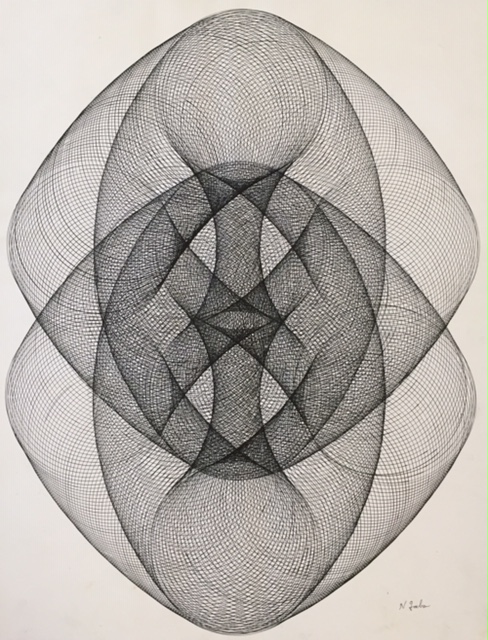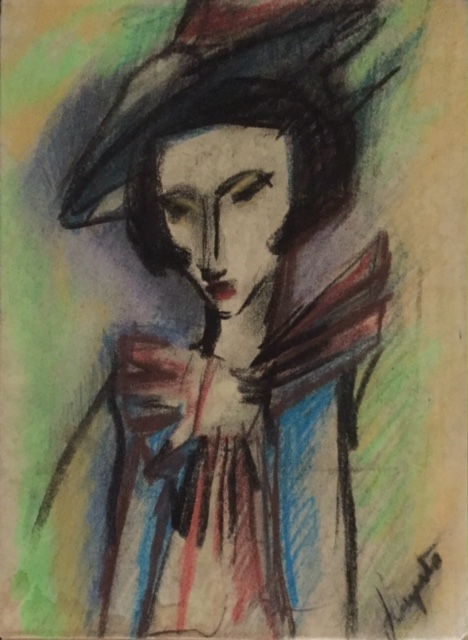Tsuguhara Foujita
1886-1968
Tsuguharu-Léonard Foujita was een Japans-Frans kunstschilder en graficus.
Geboren: 27 november 1886, Shinogawamachi, Tokio, Japan
Overleden: 29 januari 1968, Zürich, Zwitserland
Tentoongesteld: Museu Nacional de Belas Artes, Art Institute of Chicago
Perioden: Magisch realisme, Expressionisme, Postimpressionisme, Parijse school
Prijzen: Orde van de Heilige Schatten
The Musicians, 1955
Passage Prevost, 1954
Gordes, 1951
Cubist Composition
Paon a la minaudiere
Peacock in a dress
Study of peacock
Peacock in a dress
Foujita seemed destined for a career in the Orient until he travelled to London in 1912 and then, in 1913, went to live in Paris.
He discovered European contemporary art much as the French, in the nineteenth-century had discovered Japanese prints.
Foujita had his first exhibition in Paris in 1917 and by 1924 he was one of the most important exhibitors at the Salon d' Automne.
In the same year he was elected a member of the Tokyo Academy of Fine Arts for he was the first Japanese artist to free that country's art of its legendary and classic image.
Foujita was then selected to decorate the Japanese House at the Cité Universitaire in Paris.
He travelled to England, Belgium, Holland, Switzerland, Italy, Germany, and the United States where he had a studio until 1939.
He returned to Paris at the outbreak of World War II and remained there until 1941 after which he spent nine years in Tokyo.
He then returned to Paris where he continued to paint and occupied himself with charitable functions as president of the Association of Japanese Artists.
Foujita died in Zurich at the age of eighty-one and was buried in the cathedral city of Rheims, where he had decorated a chapel after embracing Catholicism.
As one of the oldest members of the School of Paris, Foujita was a friend to Braque, Picasso, and Rousseau, all of whom subtly influenced his style.
Foujita bridged the gap between Eastern and Western art in his narrative works, executed in a clear, flowing line and with paint applied in thin, very smooth layers of soft colours tending to greys, mauves, pale ochres, and blacks.
Even in the liveliest of his narratives his mood and effects are dreamily quiet, almost timeless in their clarity.
Public Collections
Hiroshima Museum of Art, Japan
Pola Museum of Art, Kanagawa, Japan
The National Museum of Modern Art, Tokyo, Japan
The National Museum of Western Art, Tokyo, Japan
Toyota Municipal Museum of Art, Toyota Aichi, Japan
![Kunsthandel Henk van der Kamp - Internationale Kunsthandel [home link] Kunsthandel Henk van der Kamp - Internationale Kunsthandel [home link]](includes/templates/template_default/images/henkvanderkamp.gif)


